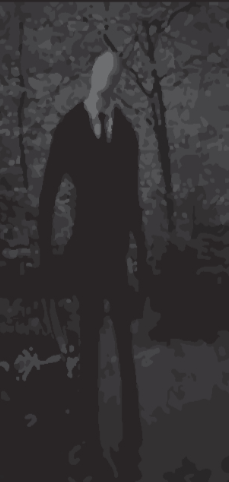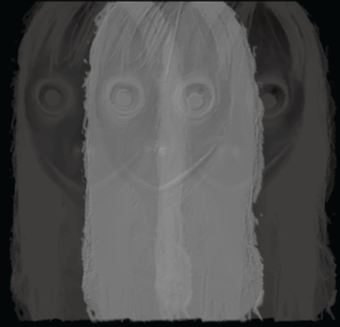In the age of mass media, the horror stories we once told to small groups around campfires or at a dark sleepover with flashlights are now being shared instantly with millions of internet users of all ages. The internet has changed the way we share stories and has given them new life, and many people — especially parents of young children — believe it has changed for the worse.
After the “Momo Challenge” panic of last summer and the “Slender Man Stabbing” of 2014, many people fear that the line between urban legends and real-life horror has blurred in a dangerous way. However, a closer look reveals that the stories themselves aren’t the thing that has changed. It’s the reactions to them, and the visibility of these reactions that has taken the internet by storm.
Last summer’s “Momo” panic is the perfect example of this. According to an article on Vox by reporter Amanda Sakuma, rumors and stories of the terrifying Momo character instructing children to commit acts of self-harm circulated in Argentina and the UK. These rumors were accompanied by those of a young Argentinian girl who died by suicide after coming into contact with the “Momo Challenge” on the app, WhatsApp. A screenshot of a Facebook post by a panicked mother brought the urban legend to the United States. From there, the post circulated on Twitter and other platforms, with Kim Kardashian circulating the story on Instagram, urging YouTube to take action against the Momo videos. Rumors also mounted that Momo videos were being disguised as episodes of “Peppa Pig.”
However, no confirmation of any specific suicides or acts of self-harm related to the “Momo Challenge” ever came to light, and YouTube released a statement indicating that no evidence had been found of the “Momo Challenge” being promoted on YouTube. Videos created in the wake of the panic were subsequently demonetized or removed. In the months following the perceived crisis, the prevailing opinion among experts, law enforcement and media outlets is that the “Momo Challenge” was merely a hoax fueled by mass hysteria.
 The level of fear and panic caused by the “Momo Challenge” most likely stems from the “Slender Man Stabbing.” Five years ago, two 12-year-old girls in Waukesha, Wisconsin stabbed their friend almost to death in the name of the internet monster. Our society is still in shock that an urban legend could become so real. According to James McMahon of Prospect Magazine, the Slenderman legends are the most infamous example of how internet stories such as “Creepypastas” can spread more rapidly than folk tales were ever intended to. Photoshopped images of the Slenderman, such as those by Eric Knudsen have also added an element of realism to the character that many think led Anissa Weier and Morgan Geyser to believe in him enough to kill for him.
The level of fear and panic caused by the “Momo Challenge” most likely stems from the “Slender Man Stabbing.” Five years ago, two 12-year-old girls in Waukesha, Wisconsin stabbed their friend almost to death in the name of the internet monster. Our society is still in shock that an urban legend could become so real. According to James McMahon of Prospect Magazine, the Slenderman legends are the most infamous example of how internet stories such as “Creepypastas” can spread more rapidly than folk tales were ever intended to. Photoshopped images of the Slenderman, such as those by Eric Knudsen have also added an element of realism to the character that many think led Anissa Weier and Morgan Geyser to believe in him enough to kill for him.
However, according to Bruce Vielmetti of the Pittsburgh Gazette, both girls were found not guilty by reason of mental disease or defect, and their friendship was deemed by psychologists as a “perfect storm of shared delusion,” with Geyser suffering from the early stages of schizophrenia. The girls were also sentenced to upwards of 40 years in a mental institution. The attempted murder may have been attributed to the Slenderman, but the girls’ delusions drove their decisions.
Reactions to horrifying urban legends are amplified in the world of memes and social media, and digital age folklore can often feel more real than the word of mouth tales and horror storybooks that have been shared for generations. But Momo, the Slenderman and other internet monsters are truly no more dangerous than the Headless Horseman, Dracula, Frankenstein’s monster and other classic monsters. The only difference is that they’re right behind you.
Graphics: Lizzie Talbert/ The Johnsonian




